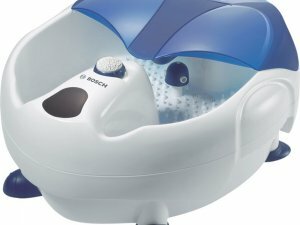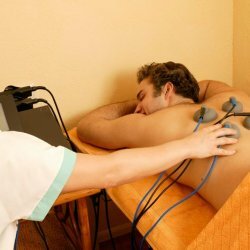Manual therapy of the spine with hernia

Manual therapy is a treatment system, with the help of which, with the help of the hands, conducts the necessary treatment of joints and spine, diseases of internal organs, disorders in the system of muscles. Long-term practice shows that an effective treatment for painful sensations in the back that appear with a hernia of the cervical, lumbar and thoracic spine is the complex treatment. This complex also includes manual therapy.
When is spinal chiropractor applied?
Manual hernia therapy is not always used. It depends on the size of the hernia, the results of ultrasound and other factors. Sometimes a hernia goes into the spinal canal. At times it is necessary to resort only to treatment to the operative. With a herniated disc of the spine, the technique of manual therapy is sometimes ineffective. If the intervertebral hernia is complete, then this therapy of the spine can only by reducing edema, reducing pressure in the spinal canal of the cerebrospinal fluid, improving its nutrition to reduce its size. At the initial stage, the protrusion of the disc can be completely removed completely by restoring the exchange processes in it. It should be noted that manual therapy of the spine with existing hernia can only be done by a highly qualified specialist. This therapy of the spine with a hernia can be used as a conservative basic treatment, but only if there is no contraindication to this. An incorrect effect on the pathological process can translate into a hernia protrusion, and also with an existing hernia to aggravate the very clinic of the disease. Manual therapy of the spine with the existing hernia requires special care, and in some cases there are contraindications. Before resorting to manual therapy of the spine it is necessary to be examined.
What contraindications are available for manual therapy of the spine with hernia
Manual therapy of the spine has absolute contraindications( when it is completely prohibited) and relative contraindications( it is permitted under certain conditions).This is determined by an experienced specialist, based on the research and examination of the patient.
Absolute contraindications for manual therapy include the following pathologies. These are fresh traumatic injuries on the spine, various tumors of the spine, internal organs, brain and spinal cord. This therapy is contraindicated if the patient has acute diseases of the thoracic cavity, gastrointestinal tract, acute disorders of the coronary and cerebral circulation. This is a heart attack, bleeding, a stroke, infection and other acute inflammation in the body. There is no manual therapy for nonspecific and specific infectious processes in the joints and spine. This is osteomyelitis, tuberculosis spondylitis, rheumatism in the open phase. Therapy is not performed in the state after spinal surgery. Also, if as a result of injury there are fragments of sequestered disc herniation. It is impossible to carry out this therapy for acute and subacute inflammatory diseases of the spinal cord, its membranes, with disk myelopathy( the spinal cord is squeezed by herniated intervertebral discs).With increased blood pressure( above 180), alcohol and drug intoxication manual therapy of the spine is contraindicated.
Relative contraindications for this therapy include: spinal anomalies( pronounced).This is sacralization, non-healing of vertebral arches, lumbarization. This is an acute stage of vertebrogenic syndromes of osteochondrosis, arthrosis of the third and fourth stages. Also, a pregnancy that lasts more than 12 weeks. Manual therapy is relatively contraindicated in the instability of vertebral segments of the third degree( spondylolysis spondylolisthesis, spondylolisthesis more than 1/3 to the vertebra).Also, with Forestier's disease( this is fixative ligamintosis), with traumatic injuries of the intervertebral discs, when the callus is formed, with a consolidated fracture of the spine.



